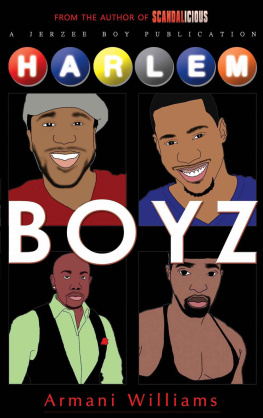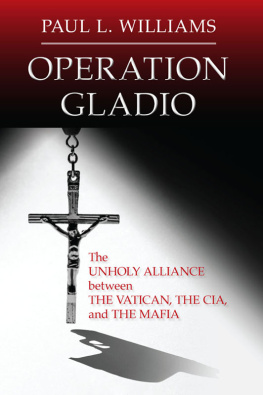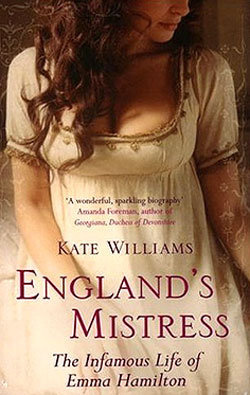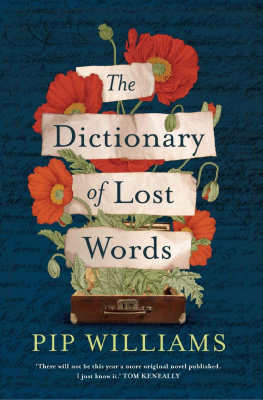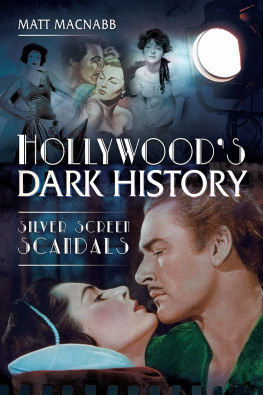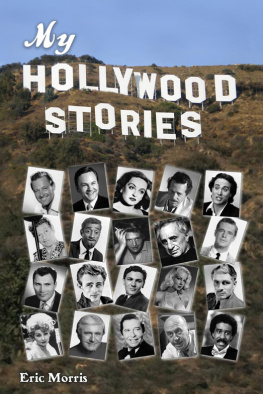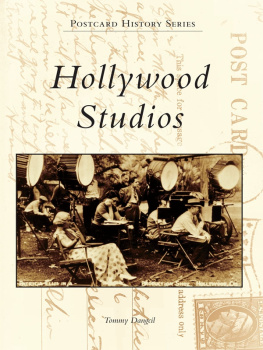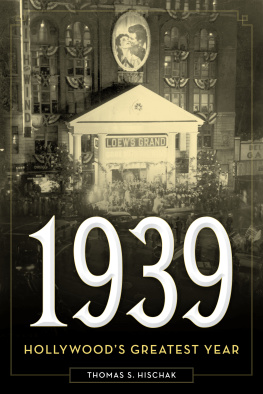
The Shocking Truths Behind Films Most Incredible Secrets and Scandals
JOE WILLIAMS

Contents
Introduction
H ollywood is built on myths, both on and off the screen. While teams of talented people play make-believe for the cameras, other teams construct stories about the stars, stories that movie buffs consume like popcorn.
For better or worse, many of us learn as much from movies as we do from school. Some of those lessons are extracurricular, drawn from the personal lives of the teachers. We get notions about love from Elizabeth Taylor and Richard Burton, ideas about courage from Bob Hope and Humphrey Bogart, and parables about ambition from Marilyn Monroe and James Dean.
The trick is to separate fact from fiction, a hard task when publicists and professional gossips pull the truth in opposite directions. For every press release about a starlet who was discovered drinking a milkshake at Schwabs Pharmacy, theres a rumor about a floozy who stabbed her abusive boyfriend and forced her daughter to take the rap. (Like so many Hollywood stories, both of those legends about Lana Turner are false. She was discovered at a place called the Top Hat Caf, and her daughter Cheryl Crane still swears that she was the one who wielded the blade and saved her mothers life.)
This book is a guide to many of the most popular Hollywood mythsa few of which turn out to be true. Some of these myths involve the lives of legendary stars. Some involve the making of iconic films. And some involve the tenets of the billion-dollar industry itself, which is barely one hundred years old and is still evolving alongside taste and technology.
In the Internet era, myths spread at the speed of light, perpetuated by people who dont always check multiple sources.
But I do.
As the film critic for the daily St. Louis Post-Dispatch newspaper, I approach movies as both a fan and a journalist. I have reviewed more than two thousand films, interviewed many of the stars who are mentioned in this book, and attended every Academy Awards ceremony since the reign of Gladiator. Ive ridden in a limousine with O. J. and Nicole Simpson, traded conspiracy theories with Oliver Stone, and shared a cookie with Marisa Tomei.
Before I was a film reviewer, I traveled west on Route 66 in the same migration as my college classmates Brad Pitt and Sheryl Crow. In Hollywood, I worked as a movie extra, a set painter, and a rock critic.
In both my personal and professional lives, Ive confronted one of the biggest Hollywood myths of all: the notion that success in the film industry is a matter of luck. In my experience, most of the people in the movie business are intelligent, talented, and hard-working professionals who have rightly earned their success. Like wealthy, attractive people elsewhere, movie stars enjoy their privileges, but most of them are not the depraved fiends that scandal-mongers make them out to be.
In this book, you wont find gossip about the heartthrob who had a tryst with a rodent (because its not true) or the second-generation star who was born a hermaphrodite (because even if it were true, it would expose a living person to needless ridicule). For such scuttlebutt there are countless online resources of varying value. The conscientious website snopes.com is a good place to start exploring urban legends, findadeath.com includes some ghoulishly good information about celebrity demise, and Wikipedia is roughly as accurate as Encyclopedia Britannica for the basic facts.
Because so many Golden Age movie stars have ridden into the sunset and the truth about old Hollywood is buried beneath layers of legend, no anthology like this one can pretend to be definitive. But I hope and believe that most of this material is more accurate than the conventional wisdom.
If you have your own Hollywood secrets to share, I invite you to join the conversation. You can write to me at hollywoodmyths@gmail.com. Better yet, you can write your own book and then sell the rights. Maybe the film version will win an award, and on the Oscar podium you can feed the myth that you never dreamed such a thing was possible.
Joe Williams
St. Louis, Missouri, USA

The Star Mural near Hollywood Boulevard in Los Angeles, by Thomas Suriya. Art Kowalsky/Alamy


CHARLIE CHAPLIN
Was the Little Tramp the legitimate king of the silent-film era?
Y ou can say a lot of things about Charlie Chaplin: that he had a weakness for teenage girls, that he fathered eleven (or possibly twelve) children, that he was forced from his adopted country by the FBI. But be careful about saying that the comic genius was the undisputed king of the silent-movie era.
In popularity and prestige, the Little Tramp was often number one, but for most of the 1920s Chaplin shared the spotlight with his swashbuckling friend Douglas Fairbanks; Fairbanks sweetheart Mary Pickford; It Girl Clara Bow; matinee idols Rudolph Valentino and John Gilbert; cowboys William S. Hart and Tom Mix; fellow comedians Buster Keaton, Fatty Arbuckle, and Harold Lloyd; and even canine star Rin Tin Tin. Yet in the past century, history has done Chaplin some favors that werent bestowed on the others.
After arriving in California in 1913 at the age of twenty-four, the London-born vaudevillian made more than eighty films, many of them one-reelers, for Mack Sennett, the producer of the Keystone Kops comedies. Chaplin invented the Tramp character for his second film, creating his signature look by combining too-big trousers originally owned by Arbuckle, a too-small derby from Arbuckles father-in-law, a cutaway coat from comedian Chester Conklin, size-fourteen shoes from comedian Ford Sterling (which Chaplin wore on the wrong feet), and a crepe-hair mustache from Sennetts make-up department. (The bamboo cane was Chaplins own.)
The courtly, resourceful vagabond was an immediate sensation, particularly with the new immigrants who cheered every time he outwitted an ornery cop or snooty socialite. The decidedly non-American character also helped popularize movies overseas. Chaplin soon became the highest-paid performer in Hollywood and arguably the most famous man in the world. He started his own studio in a mock-Tudor complex he built at Sunset Boulevard and La Brea (later to become the headquarters of A&M Records, where We Are the World was recorded). In 1919, Chaplin, Fairbanks, Pickford, and director D. W. Griffith formed the distribution company United Artists, asserting their independence from the moguls who initially didnt even list actors names in the movie credits. (United Artists, which continues to operate as a specialty studio, was briefly co-owned by Tom Cruise until it was recently reacquired by MGM.)
Charlie Chaplins Little Tramp character was down on his luck; his creator, on the other hand, was a brilliant comic who had luck on his side.



